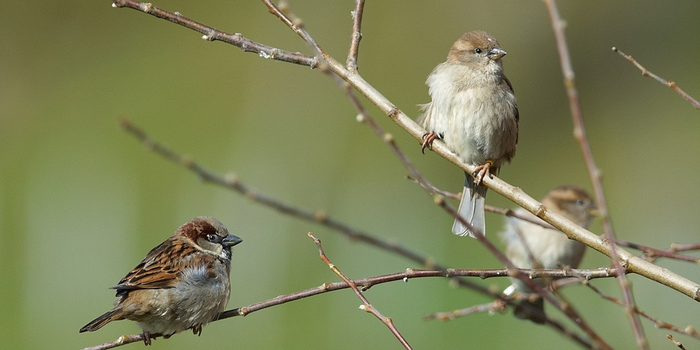The European Research Council (ERC) has awarded a prestigious Advanced Grant of EUR 2.5 million ($2.6 million) over 5 years to Professor Bernt-Erik Sæther at the Norwegian University of Science and Technology’s (NTNU) Department of Biology.

Credit: Photo: Henrik Jensen, NTNU
The European Research Council (ERC) has awarded a prestigious Advanced Grant of EUR 2.5 million ($2.6 million) over 5 years to Professor Bernt-Erik Sæther at the Norwegian University of Science and Technology’s (NTNU) Department of Biology.
The money will go to find out how we can save species that are in danger of becoming extinct.
“The aim is to develop rules of thumb to identify what is needed to prevent a species from dying out in an area in the short term. At the same time, we must ensure that a population’s ability to adapt to changing environmental conditions is permanent over time,” says Sæther.
Species dying out rapidly
Species extinction is one of the biggest challenges humanity now faces, Sæther said. Species are disappearing to an extent that has hardly happened before in Earth’s history. Since species are the building blocks of all ecosystems on earth, the consequences are great when species die out quickly.
“The ecosystem services we enjoy from the natural world that we all depend on are in danger of being lost,” Sæther said.
Sæther’s five-year project is called Eco-Evolutionary Rescue of Fragmented Populations (EcoEvoRescue).
Human activity main reason
Species die out mainly due to environmental changes caused by various forms of human activity.
The Intergovernmental Science-Policy Platform on Biodiversity and Ecosystem Services (IPBES) has identified these main causes in priority order:
• Changed land use, such as clear-cutting of forests and drainage of marshes to make room for agriculture, industry and housing for an ever-increasing human population.
• Second worst is the direct exploitation of nature’s many species, from hunting and overfishing to gathering firewood.
• Next comes climate change, ahead of pollution and alien species spreading into areas where they do not belong.
Relies on mathematical models and house sparrows
Sæther and his group will use advanced mathematical models to describe the viability of house sparrow populations on islands along the Helgeland coast.
Researchers at NTNU have worked here since the early 1990s. They have detailed knowledge of almost all house sparrow individuals found within a large geographical area.
They will use this model system to uncover which factors determine the chance of an island population becoming extinct or not.
“Using advanced molecular genetic techniques, we can also construct pedigrees for several tens of thousands of house sparrows in this system, Sæther said.
The researchers will use this information to figure out which characteristics make some individuals better than others at passing on their genes to subsequent generations.
Very comprehensive analysis
Researchers rarely have control over almost all individuals of a species within a large geographic area.
“This makes this project one of the most comprehensive analyses of Darwin’s basic theory of evolution through natural selection that has ever been carried out in a wild population,” Sæther said.
These results will in turn be used to understand how quickly animals and birds can adapt to changed environmental conditions, and thus survive.
Long-term investment pays off
This interdisciplinary EU project is the result of a long-term investment in this type of research at NTNU.
“If we manage to get the ground-breaking results we are aiming for, this will undoubtedly be important for drawing up concrete measures that can reduce the extent of the natural crisis also on a global level,” Sæther said.
The project is therefore an important part of the Gjærevoll Centre for Foresight Analyses of Biodiversity. This multidisciplinary research centre was established by NTNU to ensure a transition to greener technologies and sustainable development.
An overall aim of the centre is to form an arena for the rapid implementation of top basic research into practical management. This EU-funded project will help make this possible.




